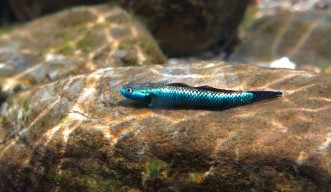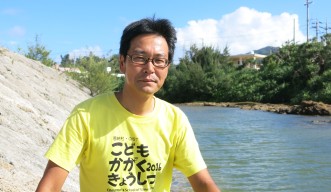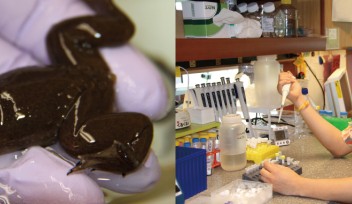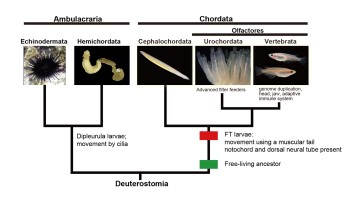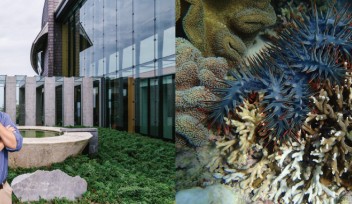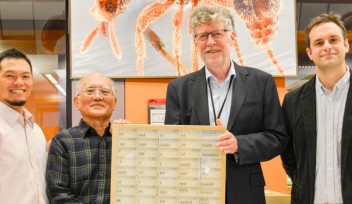The Origins of Okinawan Gobies
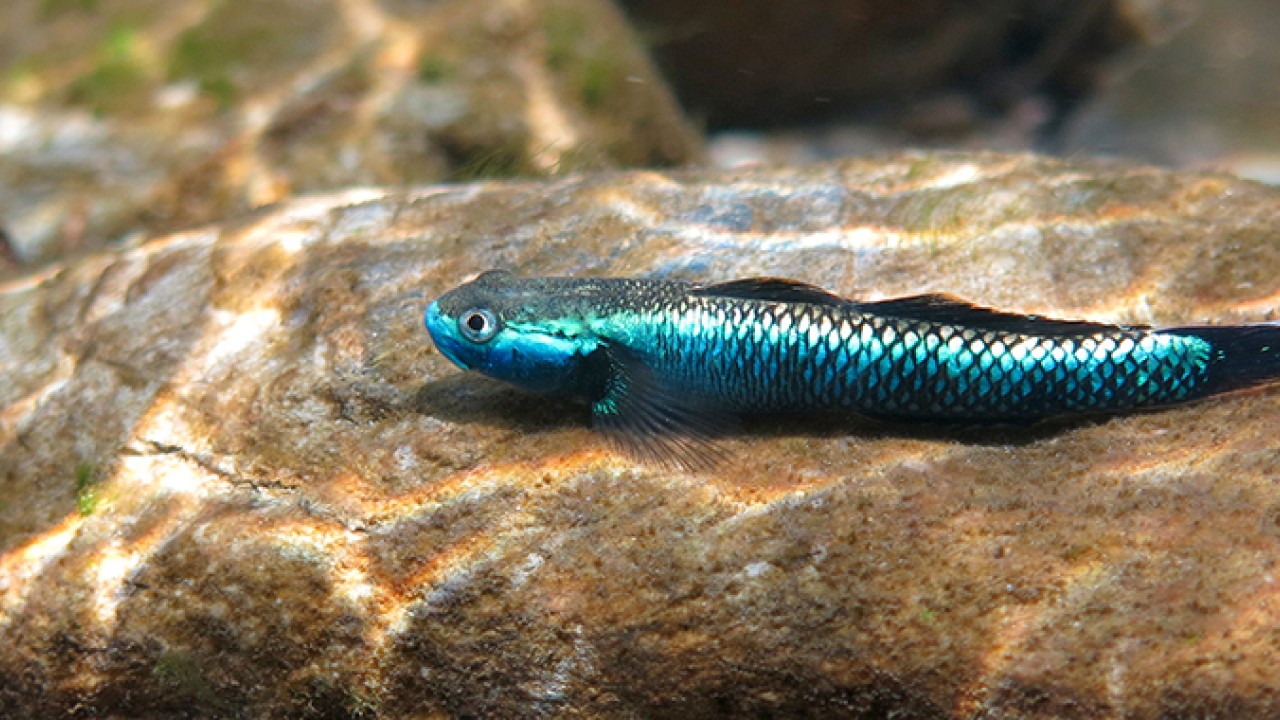
On September 24th, Ken Maeda, a researcher from OIST’s Marine Genomics Unit, received the Young Researcher Award from the Ichthyological Society of Japan, for his research on the life-history and taxonomy of gobies, a species of fish. This award is given to promising researchers under the age of forty, who have produced outstanding research results that will contribute to the advancement of ichthyology, or fish science. “I am glad that my work was recognized, but there is still a lot to be achieved, so I would like to carry on my research.” commented Dr. Maeda.
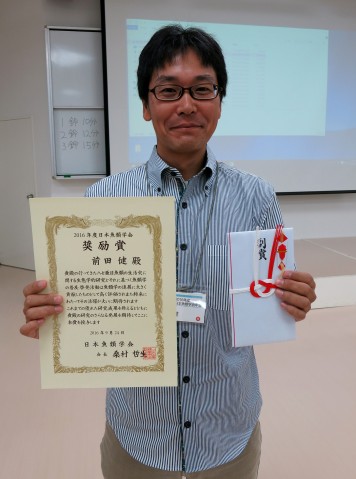
Dr. Maeda’s research centers around gobies, a small fish found in streams. These tiny fish experience an amazing journey during their relatively short lifespans. Dr. Maeda believes that some of the goby species are born in the streams of Southeast Asia, travel to the ocean as larvae, and travel up to thousands of kilometers to Japan via the Kuroshio ocean current. “Many of the gobies, even the ones common to Okinawa, may have traveled from other islands as larvae,” explained Dr. Maeda.

However, it is not easy to nail down the migration route and sources of larvae as there are not many researchers working in this field in Southeast Asia. Dr. Maeda is actively conducting joint research with scientists from the Philippines and Vietnam on the taxonomy and biogeography of gobies living in the streams of Okinawa and Southeast Asia. Through DNA sequencing, he is keen to elucidate the relationship between goby populations from different regions.

Dr. Maeda is expecting to advance his research further. “I would like to rear goby larvae in OIST’s new facility for marine science research to understand the changes in their morphology and behavior, and how they will disperse to different places.” It is expected that outstanding marine research will be advanced further by the OIST Marine Science Station, which was built in an optimal location by the sea and allows easy access to sea-water.
In addition to research, Dr. Maeda teaches at the Onna-OIST Children's School of Science each year. He also serves as a lecturer at various local events, including nature observation programs. “Not many people in Okinawa are familiar with the animals that live in streams. I believe that this is one of the reasons why people do not pay much attention to the environment of streams. I hope that helping more people to understand the environment will lead to conserving the nature of streams.”

Specialty
For press enquiries:
Press Inquiry Form











